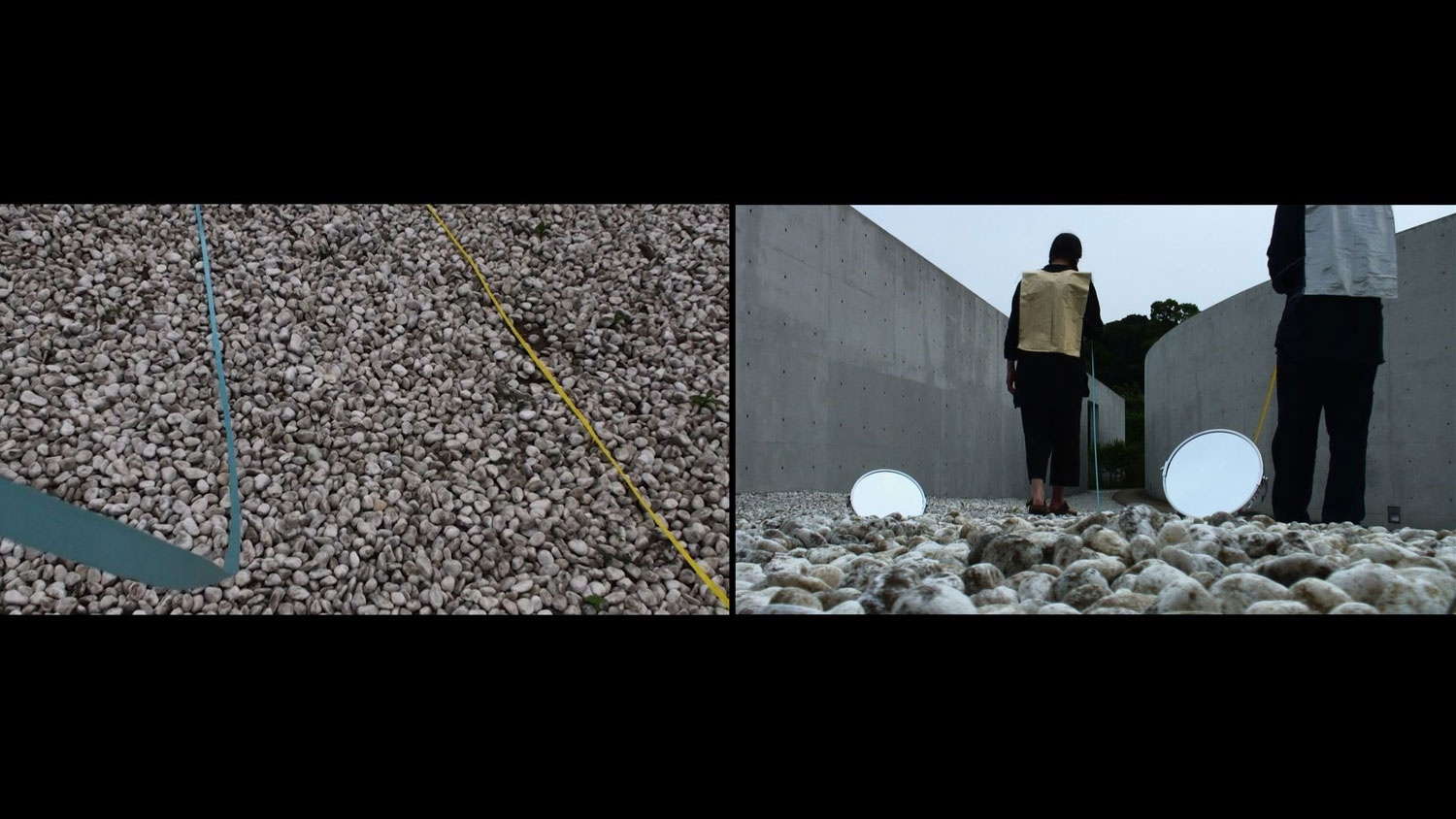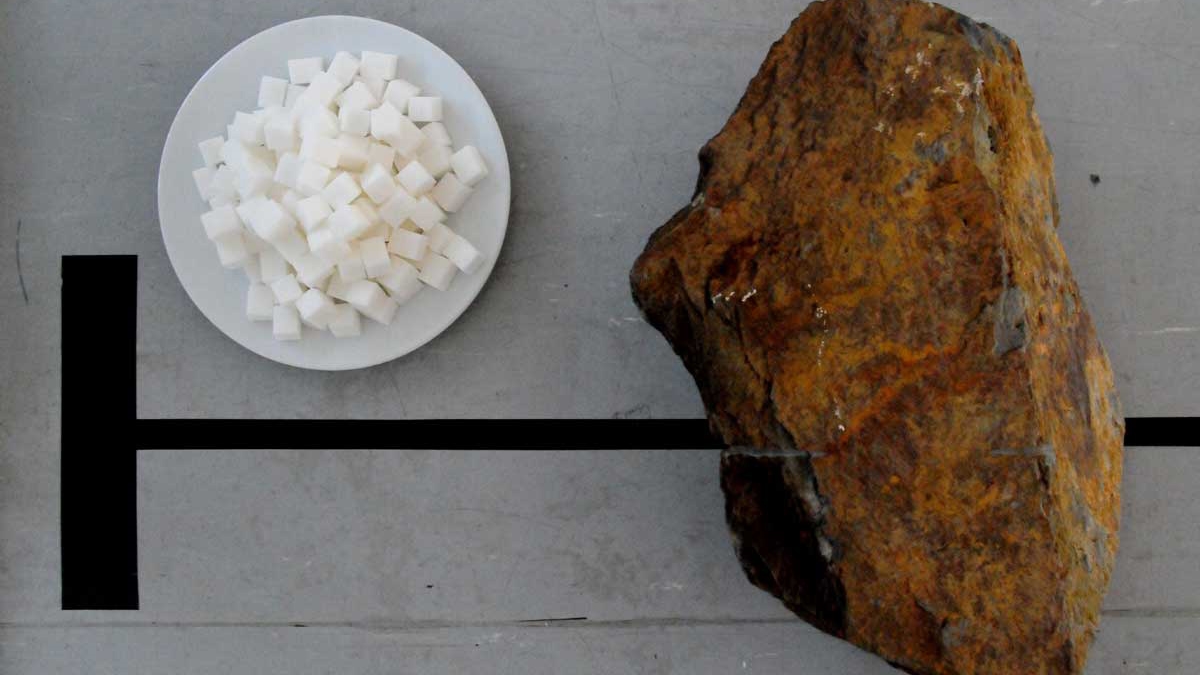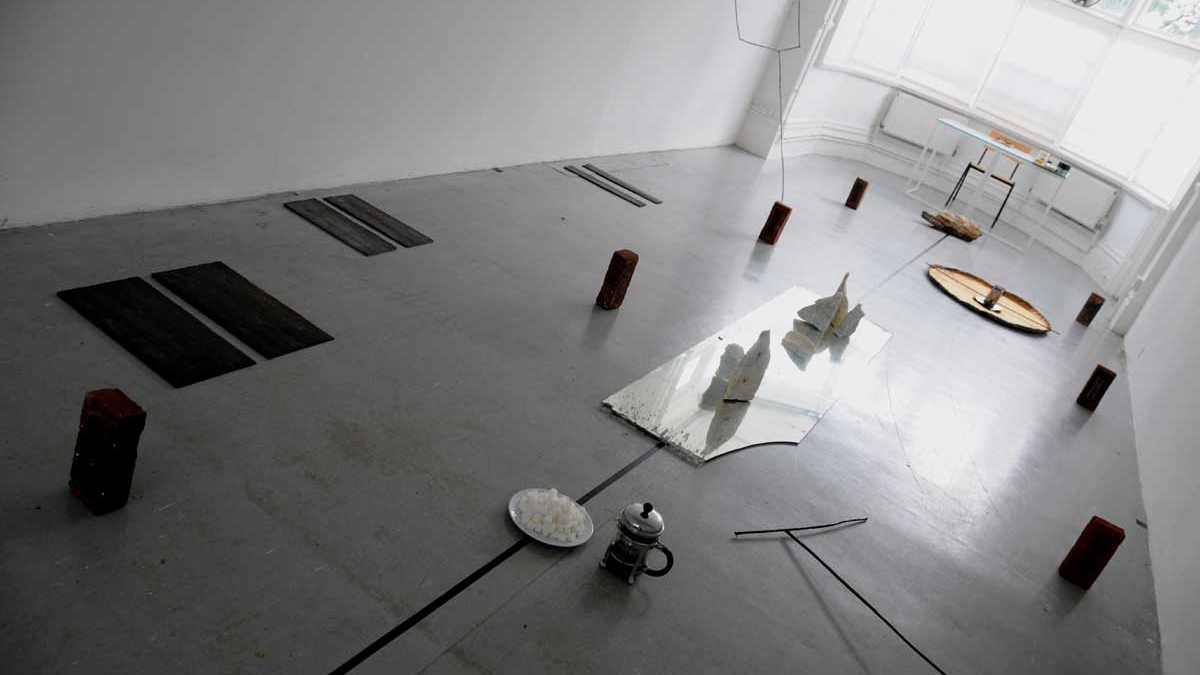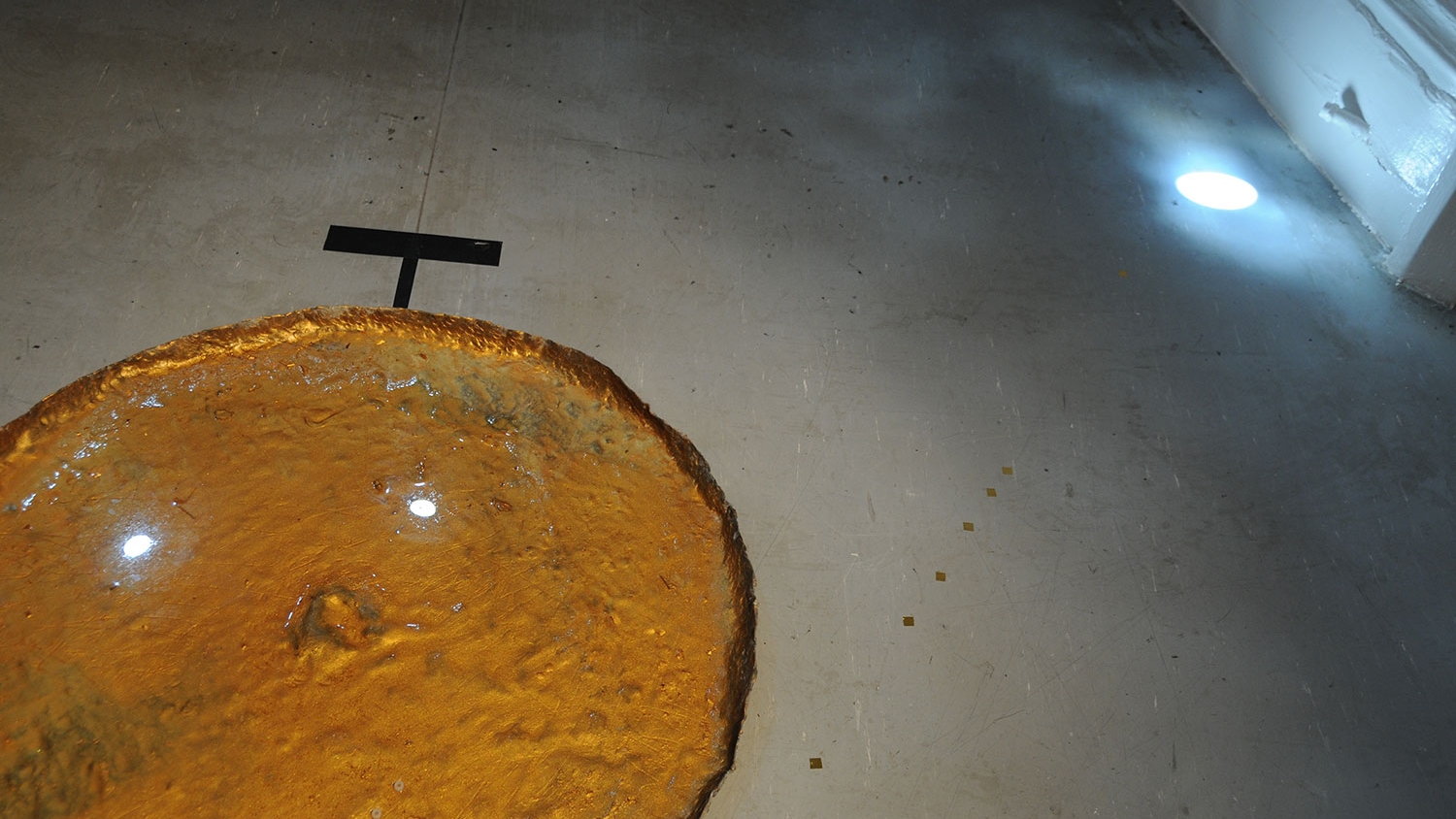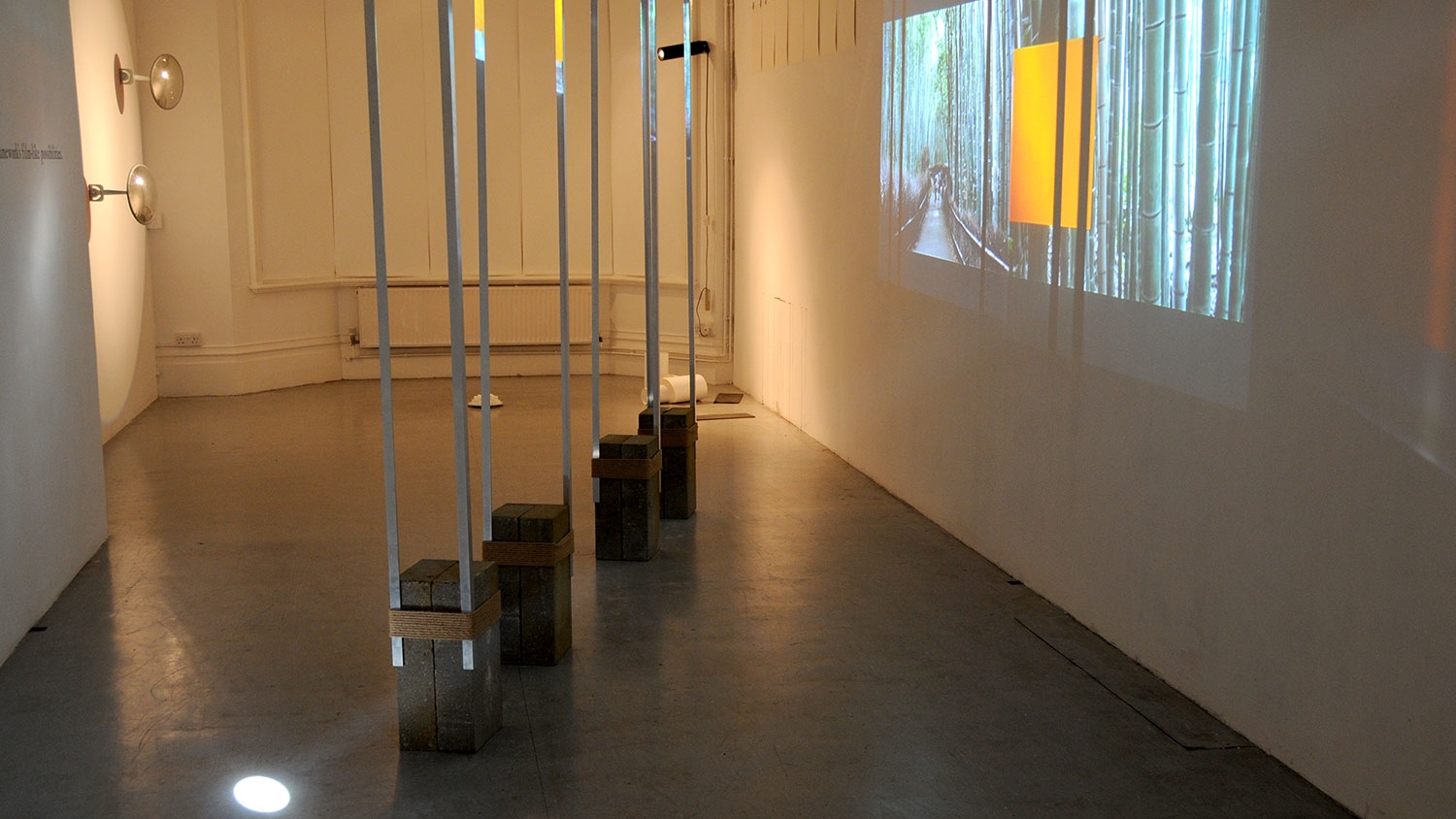Video Shakkei
Osaka - Nara - Kyoto - Ise, Japan - June-July 2010
Drawing from the Japanese practice of shakkei, or ‘borrowed landscape’, here we engage with a number of carefully selected sites in Japan — from ancient Shinto spaces of ritual in Ise to the futuristic Umeda Sky building in Osaka — to enact a series of of spatial performances, fourteen in total. All of the performances in Video Shakkei are improvised and involve two figures moving in relation to the geometric, atmospheric and cultural conditions suggested by each site. A constrained set of props are used to interrupt, reflect, filter and trace the actions involved. Given the brevity, constraint, emphasis on image and the fact that, with the two figures, each performance is enacted twice, we consider the performances in Video Shakkei in terms of a spatial enactment of the poetic form of Japanese haiku. The project is also accompanied by a series of expanded haiku acting as both documentation and visual score for each performance.
Each performance in Video Shakkei was recorded simultaneously from differing points of view using two hand-held video cameras and two embedded miniature cameras. The footage was then edited together as a series of video composites modelled on the multi-scaled architectural drawing. Embodying an expanded technique of time-based architectural drawing, the videos relate architectural space to performed event, and this to narrative sequence. The result is a hyper-digitized, absurdly choreographed and poetically rendered image of place.
Documentation of all fourteen spatial performances along with information about our related artists residency and installation work at The Centre for Drawing (Wimbledon College of Art) are below. Please also see our Publications page for information on the essay 'Particles of Moisture and Other Substance Suspended in Air and Visible as Clouds' where we outline a history, theory and practice of site-related creative practices accompanied by a series of drawings relating to Video Shakkei. The project was supported by the CCW Research Fund - University of the Arts London & The Irish Arts Council
Video Shakkei
Edited Showreel of Video Composites (15min, 34sec)
Video Shakkei - Performance and Documentation
14 Spatial Performances around the Kansai Region of Japan
‘Partial control is exercised through the use of the frame. Each frame, each part of a sequence qualifies, reinforces, or alters the parts that precede and follow it. The associations so formed allow for a plurality of interpretations rather than a singular fact.’
– Bernard Tschumi, Architecture and Disjunction
Performance No. 1, Umeda Sky Building
Performance No. 1 takes place at Umeda Sky Building (梅田スカイビル Umeda Sukai Biru) in Osaka, designed by architect Hiroshi Hara. Hara’s building has been tugging on the imagination for some time as an icon of dynamic, punctured, post-everything sequence of spaces. This is the new urbanism: both post and pre-apocalyptic, reminiscent of older things, but pointing ahead. Ahead, in this case, is very much upwards.
The site for Performance no. 2 is Shingonshu Honpukuji (真言宗本福寺水御堂), also known as the Water Temple, designed by architect Tadao Ando and located on Awaji Island in Japan’s Inland Sea. Associated with an existing Temple of the Shingon Sect, this new addition to the Temple precinct is ordered by a dynamically unfolding sequence of spaces – a series of spatial contractions and releases – to calibrate the approach to the new building, as one rises up the hill. The final bodily rotation reveals the dramatic opening out of the elliptical pond of water lilies, which one descends through to enter the temple proper. The experience is of immersion in a concrete cave of vermilion and gold. Performance No. 2 was conducted in the penultimate ascending space before the water reveals itself.
Performance No. 3 takes place in the linear space that links eastern and western precincts of Hōryū-ji (法隆寺 lit. Temple of the Flourishing Law) – a Buddhist temple located in Ikaruga famous for having some of the oldest extant wooden structures in the world. The act we perform is about communication, intuition and the limits if vision. We feel as if we are moving very slowly forward with our eyes wide open, but realise that we are in complete darkness. We scan the horizon for any distinction between ground and sky, so that we can orient ourselves, but this distinction continues to evade revelation.
Performance No. 4 is sited in the Origin I Building in Kyoto, designed by architect Shin Takamatsu. The actions explore the space of the central threshold, a space between ground and sky. The architectural metaphors deployed by Takamatsu are mechanistic and, frankly, sexual – moving from phallus to womb. Entry through the facade feels like you have been employed as an extra in an architectural porn movie, and one leaves feeling slightly kinky, used and yet energized. The performance explores layering, reflectivity and mirroring effects on either side of the main doorway, which, as it moves between open and closed conditions – generates multiple super-positioned images of male and female protagonists.
We arrive at the Museum of Traditional Crafts (京都伝統産業ふれあい館) in Kyoto, designed by architect I.M. Pei, as the sky bellies up for its next big squall. People scurry across the courtyard, safe beneath the personal architecture of umbrellas. This piece becomes about synchronicity: our movements blind and in tune, choreographed with the design of the courtyard space. Five times around the tree – forward, then backward – meets the slow promenade of our protagonist in the rain. Our movements stop just as the lights go on, illuminating puddles and signalling ‘the end’.
Performance No. 6 takes place at an intersection in Kyoto on the corner of Niomon-dori and Jingu-michi Street, in front of the Tori of the Heian Shrine (平安神宮 Heian jingū) and the Museum of Modern Art, Kyoto (京都国立近代美術館 Kyōto Kokuritsu Kindai Bijutsukan). We enact this sequence of events in the pouring rain. Umbrella’s approach in waves, and progress orthogonally – N-S-E-W – as we do, recording rainfall, droplets gathering, the mask of the opaque surface, the changing of the chromatic range between red and green.
Performance No. 7 at the monumental gate of the Higashi Hongan-ji (東本願寺 Higashi Hongan-ji), or, the Eastern Temple of the Original Vow, is imbued with a nocturnal state of closed-ness to the world. We try to engage with the strange force of illumination, which renders the gates visible at night, and also paints everything in a silvery monochrome strangeness. We communicate, and subsequently fail to communicate. We are realizing that this series of performances is primarily about harmonic communication between bodies and spaces. Sometimes messages are mis-communicated, which leads to the unforeseen, and unimaginable.
Performance No. 8 is sited at Ryōan-ji (Shinjitai: 竜安寺, Kyūjitai: 龍安寺, The Temple of the Peaceful Dragon) in Kyoto. The wall bounding the Ryoan ji Temple karesansui garden is a beautiful thing. This surface, disguised as garden, is as plastic as the mind, and equally as dumb. The landscape oscillates between figurative and abstract, as does thought.
The Sagano Bamboo Forest (嵯峨野竹林) in Arashiyama, western Kyoto, is dense, sonorous and easily as vertical in emphasis as a cathedral. The sounds, the smells and possibly the mosquitoes inspired the actions in this piece. The piece is short, like an explosion. The locals laugh. We do too.
Kyoto Station (京都駅 Kyōto-eki), designed by architect Hiroshi Hara, is an immense piece of architecture – and must rank amongst one of our favorite buildings yet encountered on this planet. Vast in scale, quite indifferently parachuted in – as if from above, with beautiful idiosyncrasies of detailing and effect. Random pattern – while engaging with existing pattern. Lines – at the scale of the finger tip and at the scale of the cityscape…this is magisterial architecture.
Performance No. 11 takes place at Meoto Iwa (夫婦岩), the ‘Wedded Rocks,’ in Futaminaura on the Ise peninsula. We arrive at dawn on a day of clouds. The famous sunrise is denied us, hidden behind a dense wall of Pacific grey. We want to become the sun, to enliven with light. Frustrated with spectatorship, we want to engage physically with the entwined rocks, but this is sacred ground, and we are unsure of the protocols. Instead, we skirt along the edge – tangential.
Performance No. 12 is sited at Gekū (外宮), the outer shrine of Ise Shrine (伊勢神宮 Ise-jingū) on the Ise peninsula and twinned site with Naikū (内宮) (see below). As with Naikū, the buildings here are constructed in pairs and completely renewed every twenty years in accordance with ancient tradition. We choose a location outside of the gates to perform, situate ourselves and become still. We breathe. We are rocks.
The peace, reverence and ritual of Naikū (内宮), the inner shrine of Ise Shrine (伊勢神宮 Ise-jingū) on the Ise peninsula – a cacophony of wildlife, within which humans barely register. The buildings in this precinct are constructed in pairs. In turns, the buildings are completely renewed every twenty years in accordance with ancient tradition. Every entity on the site is considered sacred including all flora and fauna. We stop. We concentrate on stillness. We endeavour to become part of the site, for however short a time.
It is our last night in Japan and we are at Kansai Airport (関西国際空港 Kansai Kokusai Kūkō) in Osaka, designed by architect Renzo Piano. At dawn we will depart, but there is one more performance to do. We take the bus to the observation hall overlooking the runway. The lights are glorious; the moon is full. Music plays from the speakers and we finish up our trip to Japan with a dance in the night under a Kansai sky …
Video Shakkei - Post-Performance Drawings
Residency at The Centre for Drawing (Wimbledon College of Arts Project Space, London, UK)
‘But matter in the volatile state is still matter, and by virtue of being controlled, compressed and divided on the paper – which it instantly brings to life – it acquires a special power. Its variety, moreover, is extreme: ink, wash, lead pencil, charcoal, red chalk, crayon, whether singly or in combination, all constitute so many distinct traits, so many distinct languages.’
– Henri Focillon, The Life of Forms in Art
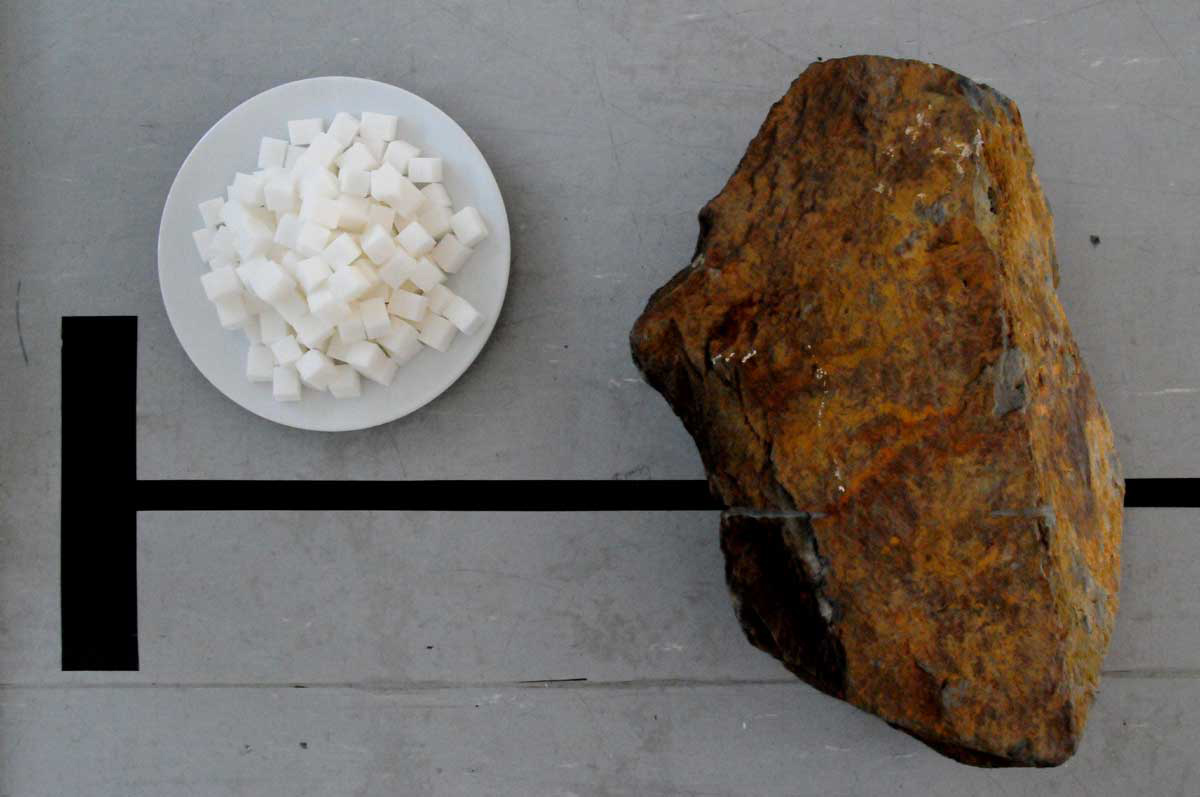
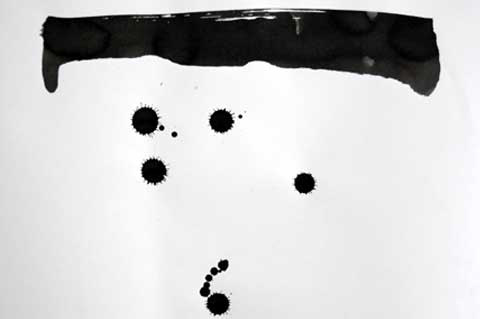
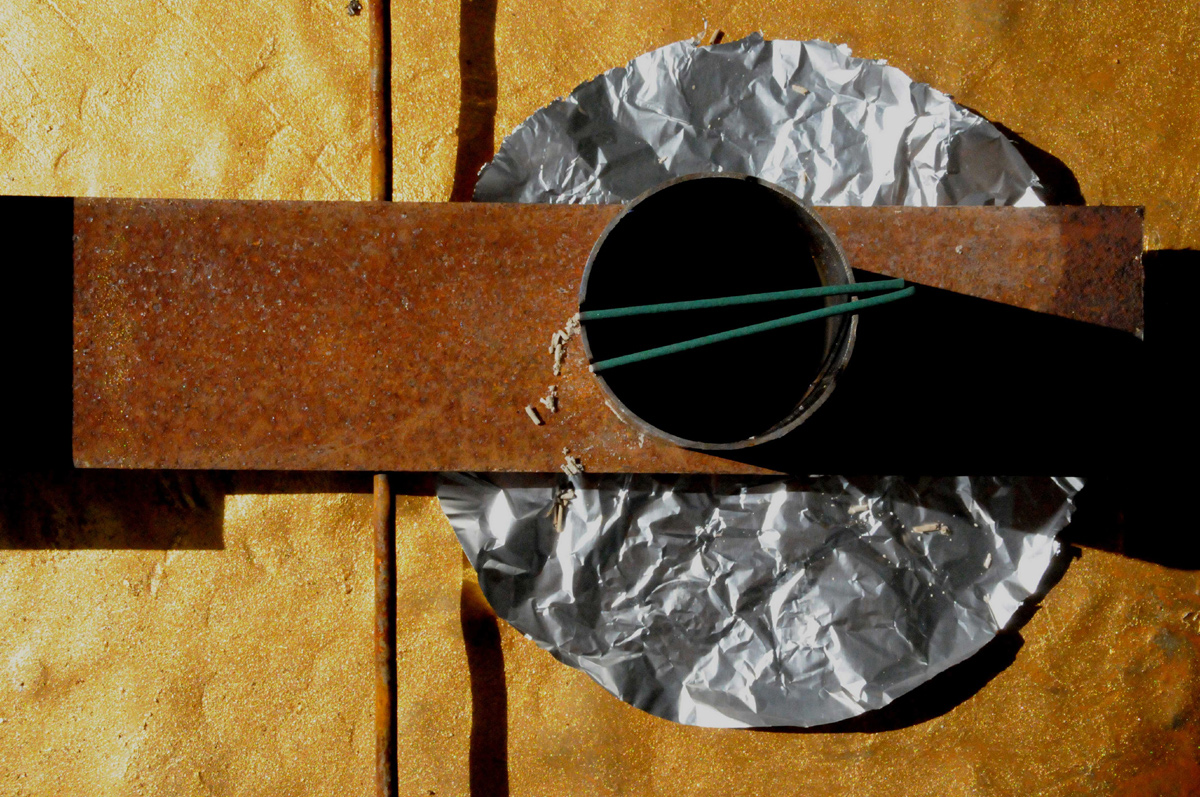
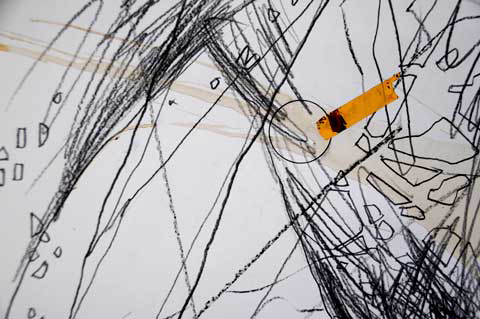
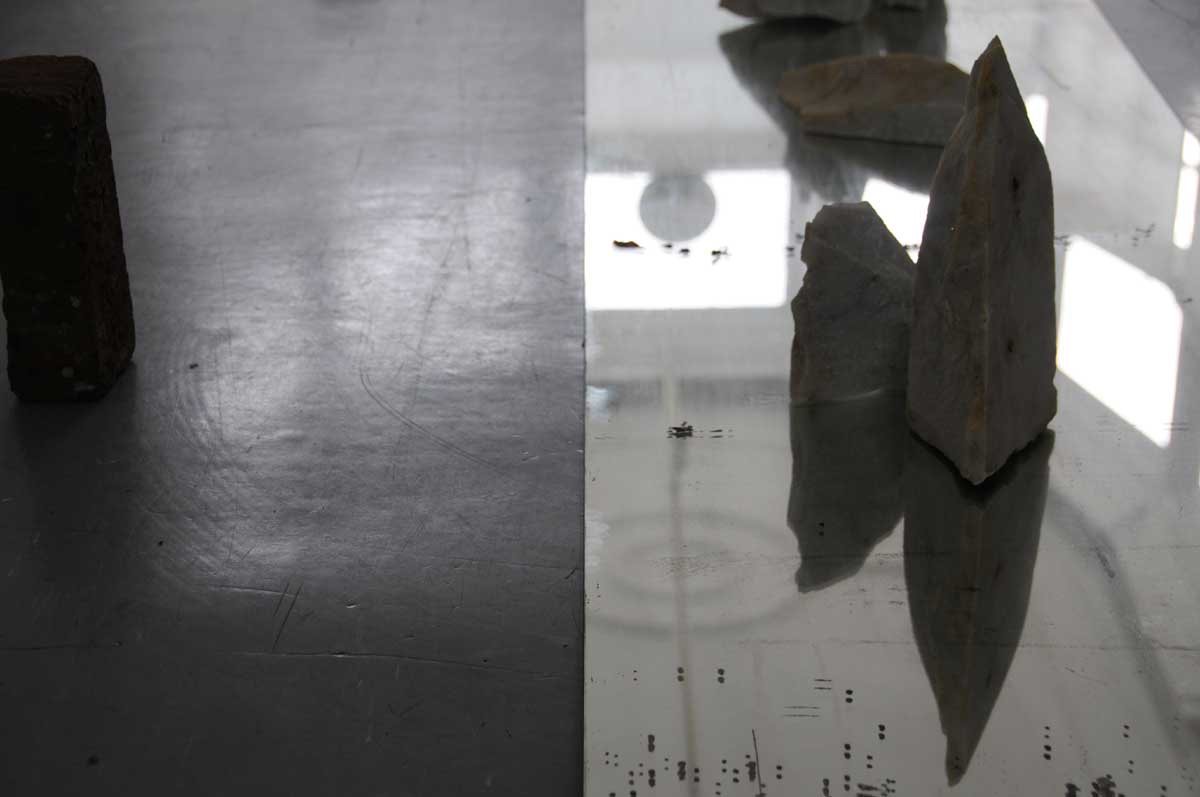
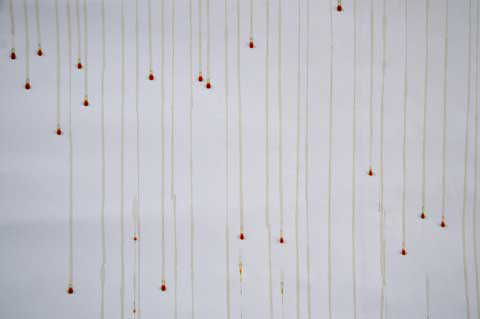
Drawing is thinking made manifest: a graphic record of thought and intention. The line draws distinctions, cleaving a space from the conceptual void; it delineates entities, trajectories and boundaries. The line is a thread, propelled by thought, that moves and mutates with the process of plastic creation.
Drawing is also, of course, a verb – a bodily action; more usually a sequence of actions that deposits traces between the maker and the medium of the drawing. The history of drawing is the history of mark making – figures darkening a surface or ground. Although drawing is itself an act, it is frequently related to displaced acts, usually beyond the realm of drawing.
Video Shakkei - Installation
Exhibition at The Centre for Drawing (Wimbledon College of Arts Project Space, London, UK)
‘If I want to imagine a fictive nation, I can give it an invented name, treat it declaratively as a novelistic object … I can also – though in no way claiming to represent or to analyze reality itself (these being the major gestures of Western discourse) – isolate somewhere in the world (faraway) a certain number of features (a term employed by linguistics), and out of these features deliberately form a system. It is this system which I shall call: Japan.’
– Roland Barthes, Empire of Signs
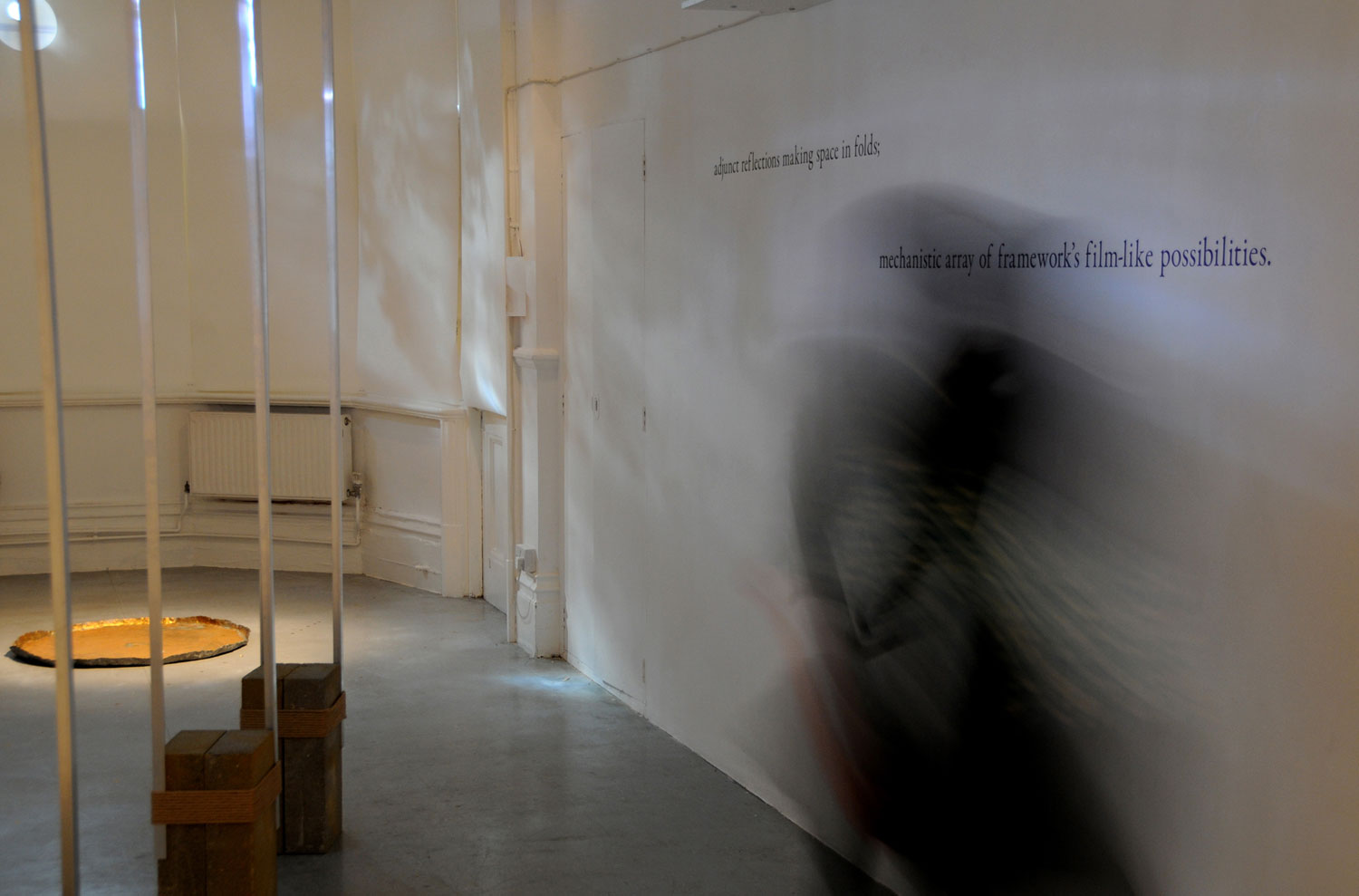
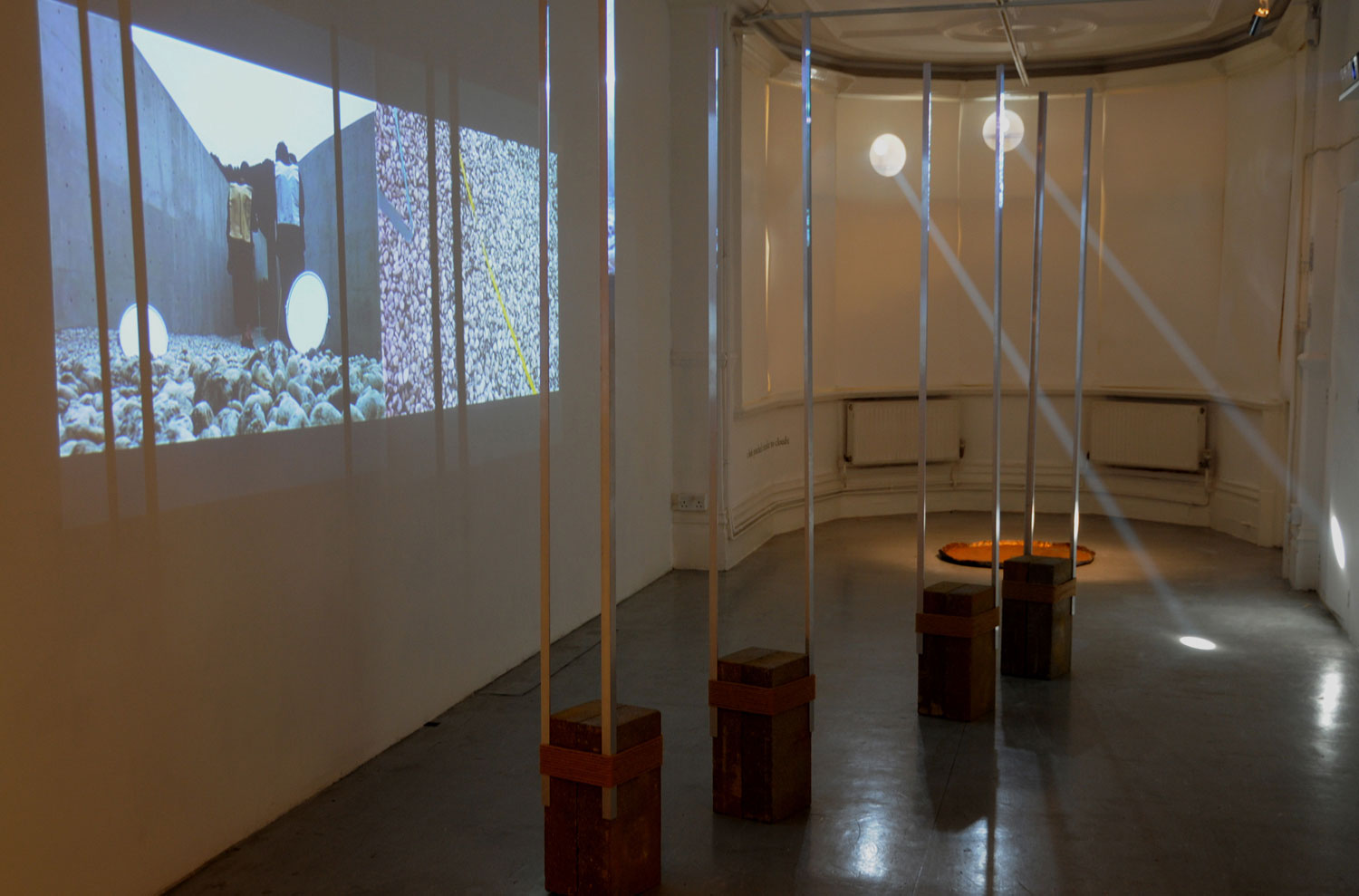
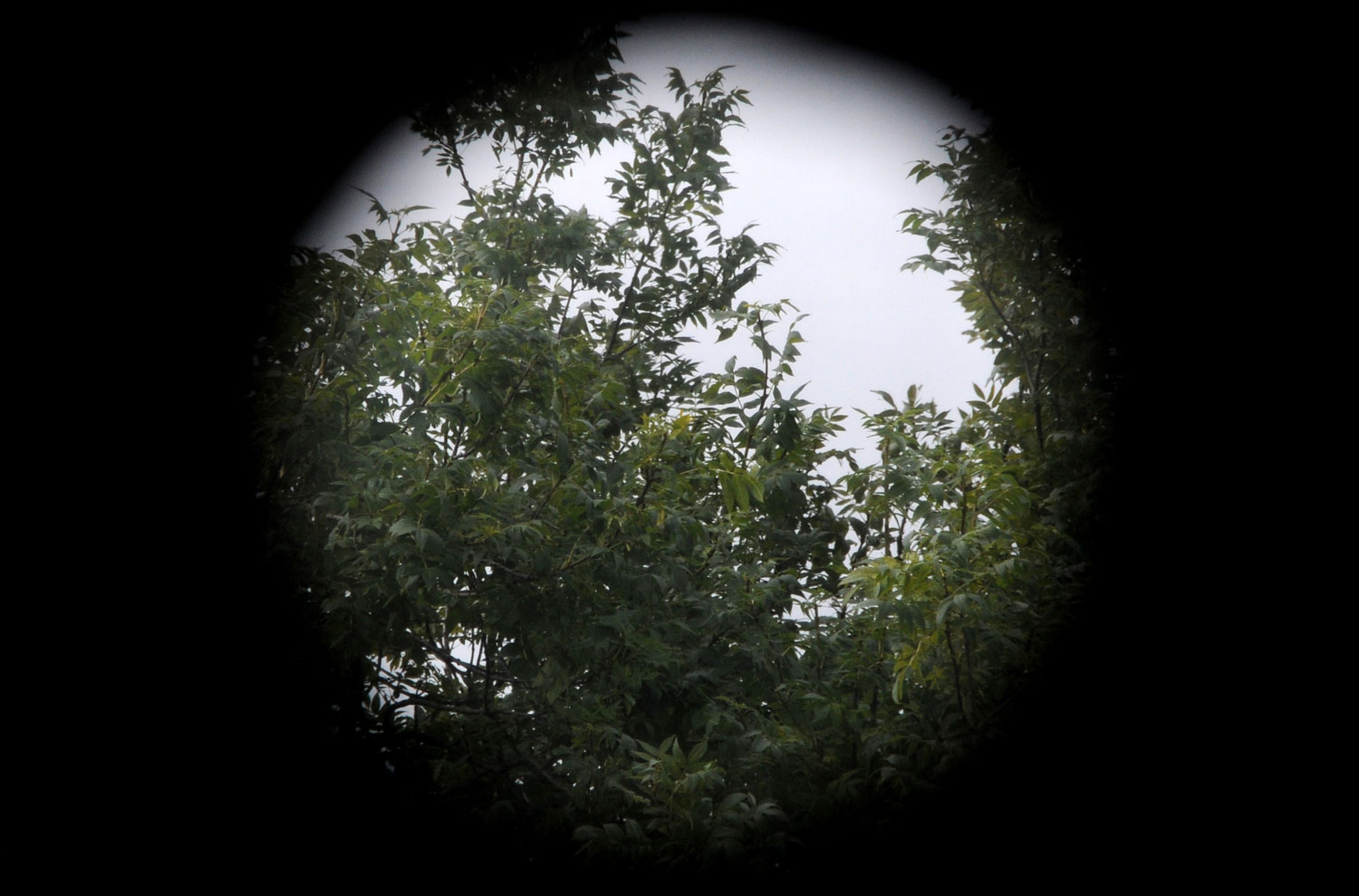
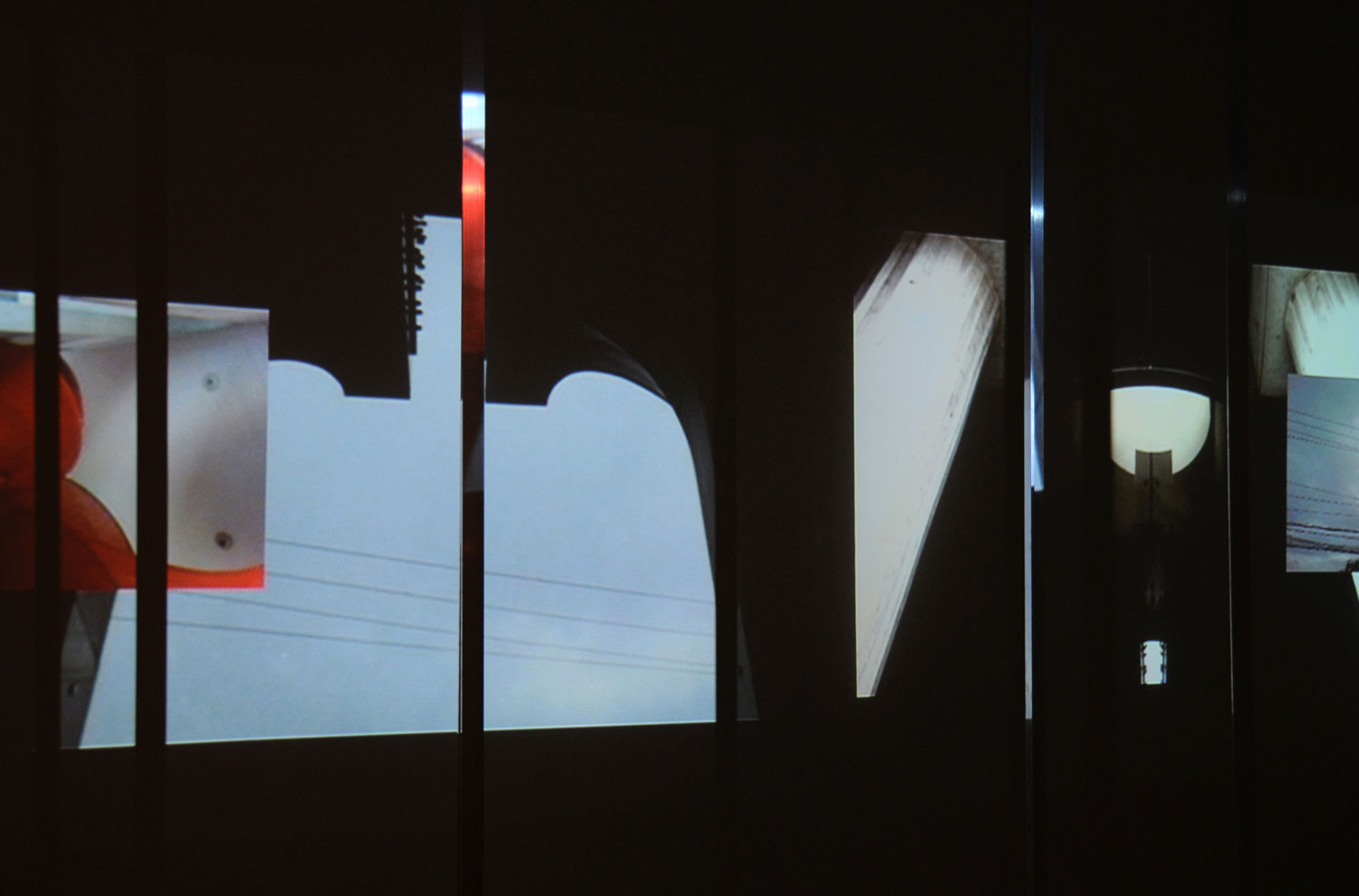
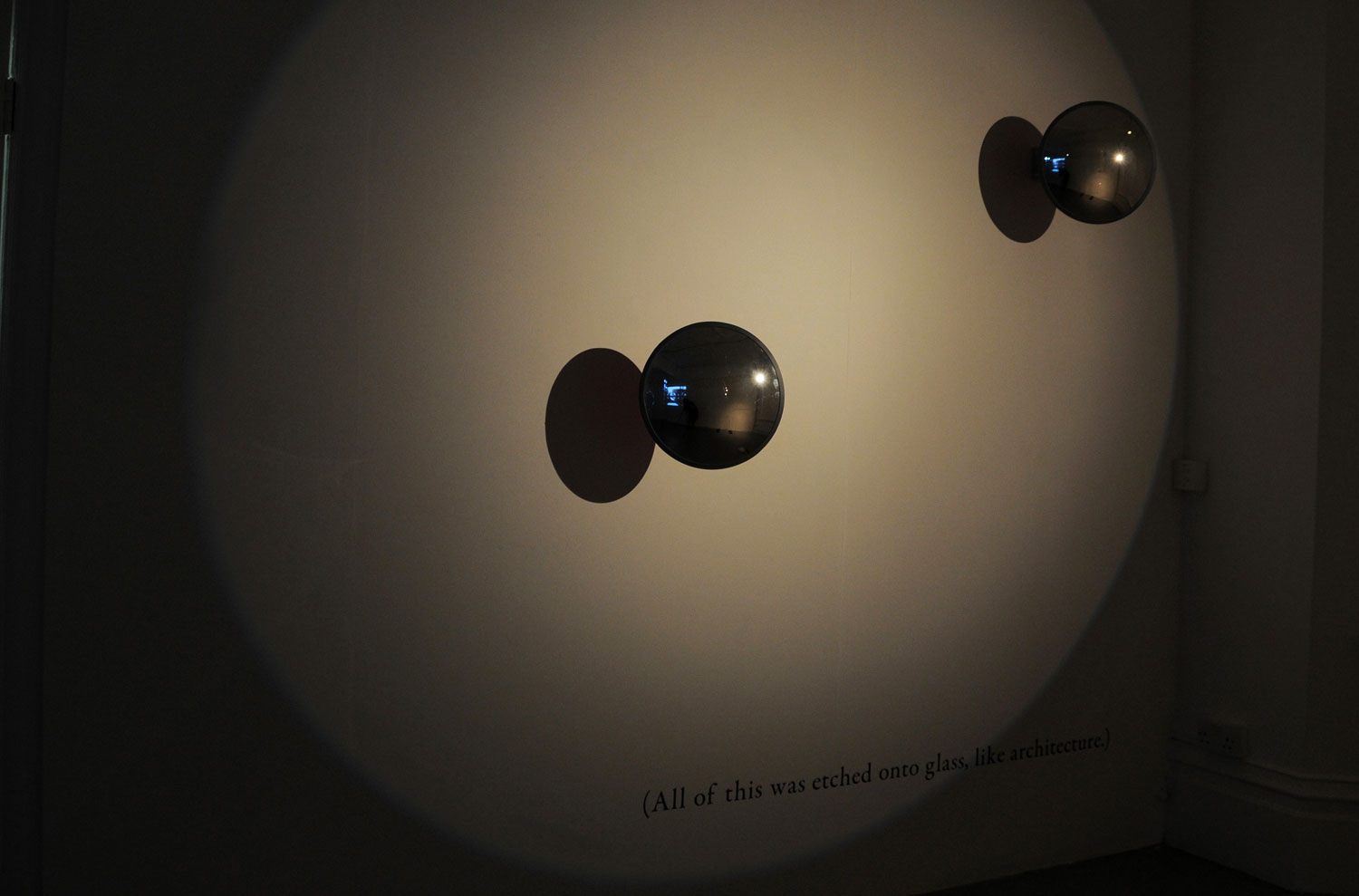
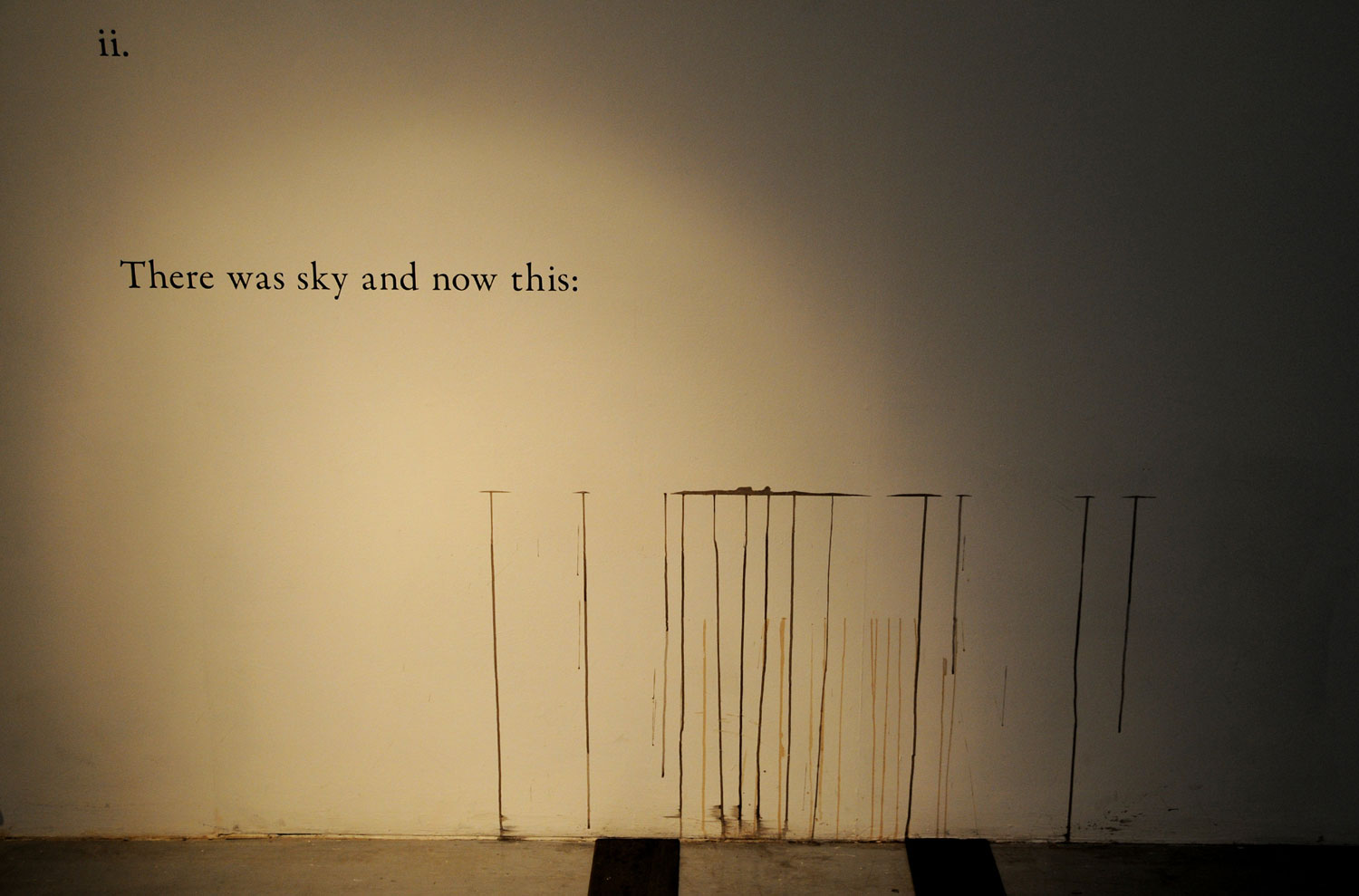
For our final exhibition we constructed an installation comprised of the video composites relating to our fourteen spatial performances, drawings, objects and text. Our aim was to create an imaginary landscape modelled on the aesthetic of the landscape gardens that we encountered and engaged with on our trip to Japan. Sugarcubes. Rocks. Bricks. Wire. Mirror. Lead. Each of these elements became signs in the system we called ‘our Japan’ -- a system based on the following features:
+ Eki – The art of locating through Geomancy
+ Shimenawa 標縄– Bound Territory / Sacred Space
+ Haiku 俳句 – Poetic form
+ Engawa 縁側 – Transitional space
+ Shakkei 借景 – Borrowed scenery


